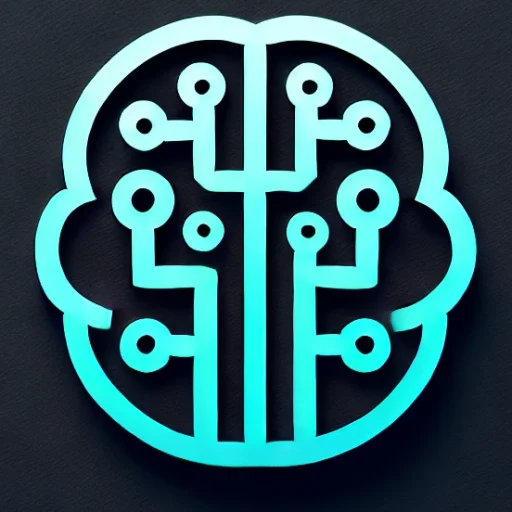
Introduction
In the rapidly evolving landscape of artificial intelligence, one topic stands out for its transformative potential and widespread impact—Generative AI. From creating art and music to automating content generation and revolutionizing industries, Generative AI is not just a technological marvel but a catalyst for profound change. In this blog, we delve into why Generative AI is the most significant topic in AI and computing today and explore its implications for the future.
Key Insights & Latest Advancements
Generative AI, particularly powered by models like GPT-4 by OpenAI and diffusion models for image creation, has seen remarkable advancements. These AI systems excel at generating human-like text, creating realistic images, and even composing music. The progress in Generative AI comes from improved algorithms, larger and more diverse training datasets, and enhanced computational power. As a result, Generative AI tools can now perform tasks that were once thought to be exclusively human domains, such as creative writing, complex problem-solving, and personalized content creation.
Real-World Applications
The impact of Generative AI is evident across various sectors:
-
Entertainment and Media: AI-generated content is revolutionizing the creation of movies, music, and video games, making production processes faster and more cost-effective.
-
Healthcare: AI models can generate realistic simulations for drug discovery, aiding researchers in developing new treatments more efficiently.
-
Automotive: In the automotive industry, Generative AI assists in designing new models with enhanced features, optimizing both aesthetic and functional elements.
-
Marketing and E-commerce: Personalized recommendations and dynamic content generation are enabling businesses to offer highly tailored customer experiences.
Challenges & Future Outlook
Despite its undeniable potential, Generative AI faces several challenges:
-
Ethical Concerns: The ability to generate realistic content raises questions about authenticity and the potential for misinformation or “deepfakes.”
-
Intellectual Property: As AI creates new content, the question of ownership and intellectual property rights becomes increasingly complex.
-
Bias and Fairness: Ensuring that AI models do not perpetuate existing biases in their outputs is an ongoing challenge.
Looking ahead, the scope of Generative AI is vast. As technology continues to evolve, its applications will broaden, potentially transforming how we interact with technology and each other. Ensuring responsible development and deployment will be crucial to harnessing Generative AI’s full potential.
Conclusion
Generative AI is shaping the future of creativity and industry, offering unprecedented opportunities to innovate and optimize. While it presents challenges that require careful consideration and regulation, its transformative potential in enhancing productivity, creativity, and personalization cannot be overstated. As we continue to explore this exciting frontier, staying informed and engaged with the ethical implications will ensure a balanced and beneficial technological evolution.
Key Takeaways:
Generative AI is at the forefront of technological innovation, driving change across industries by enhancing creativity and efficiency. However, its ethical implications must be navigated thoughtfully to fully realize its benefits.

